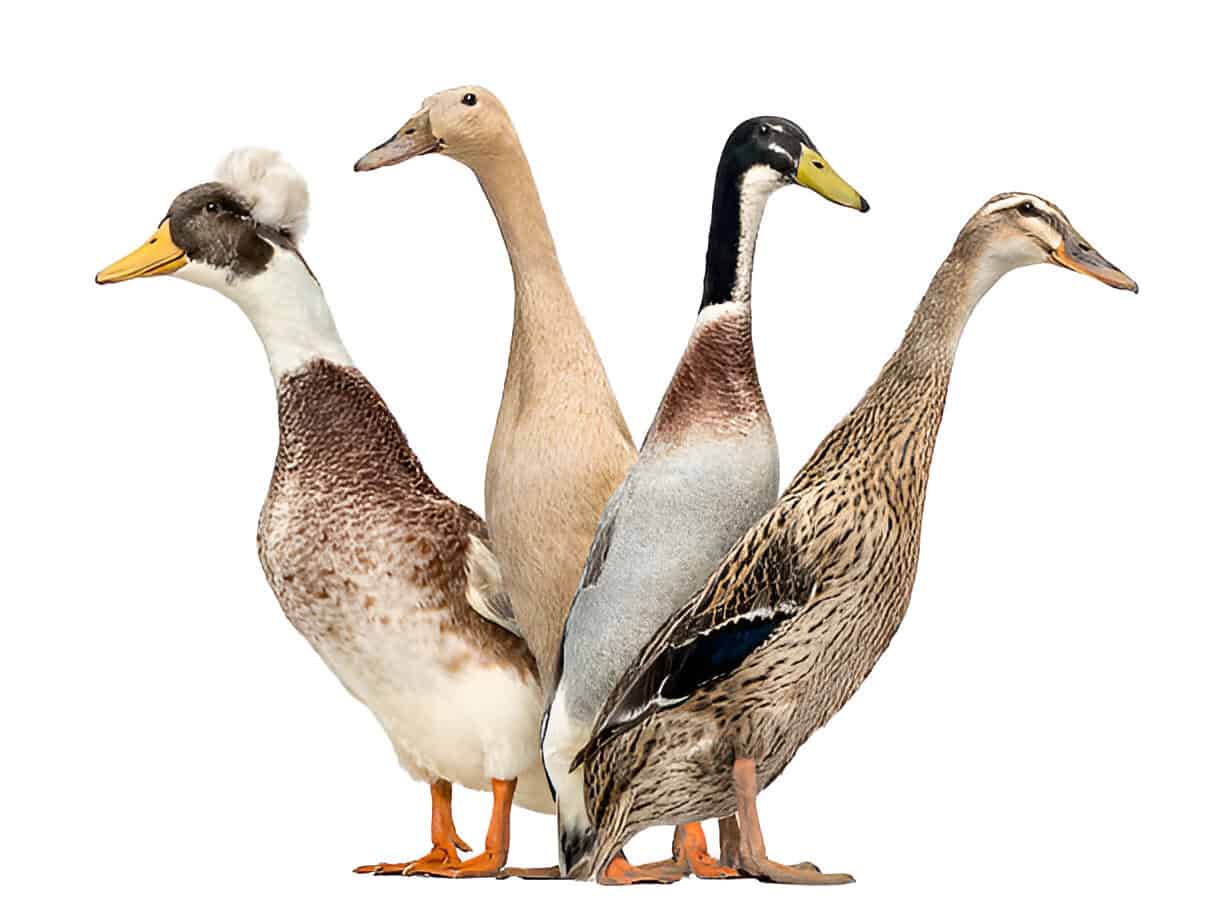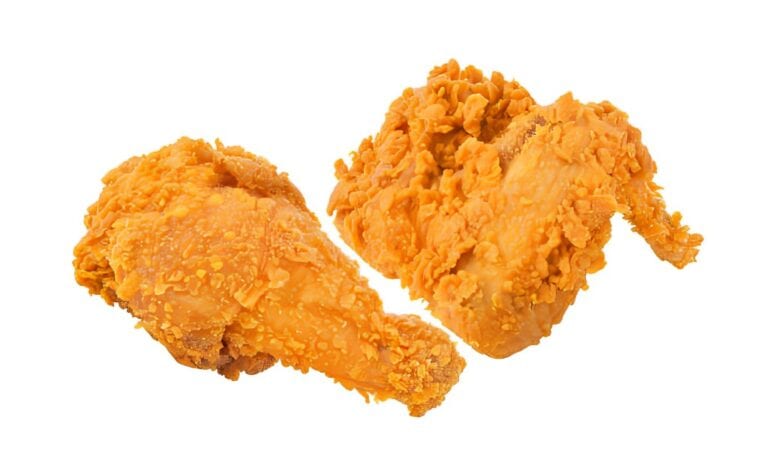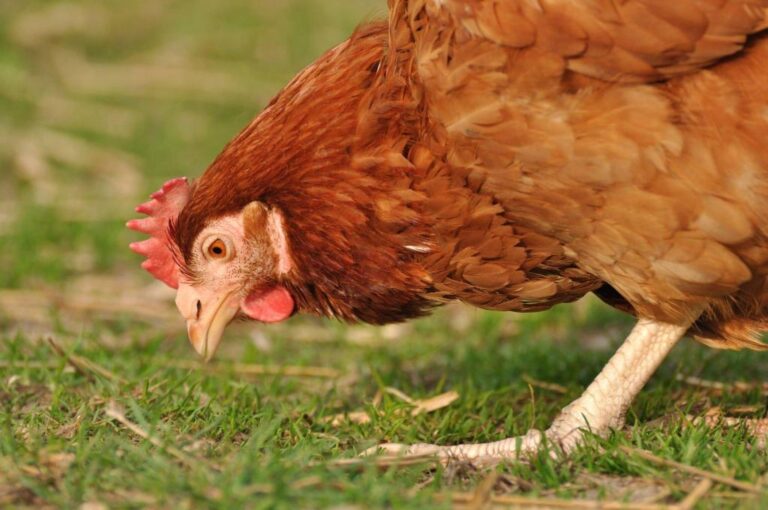What Is the Most Common Duck Breed Used for Meat Production? A Farmer’s Favorite Revealed

I’ll never forget the first time I bit into perfectly roasted duck—crispy skin that crackled like autumn leaves, rich meat that melted like butter, and a flavor so deep it made chicken seem like a boring cousin at the cookout. That meal sent me down the rabbit hole (or should I say duck pond?) to find out what duck breeds make their way to our plates—and one breed kept floating to the top.
Let’s talk ducks. Real ducks. Not the cartoon kind or the ones waddling around park ponds. If you’re curious about what kind of duck is raised for its meat and why it dominates farms and fancy restaurant menus alike, keep reading.
Meet the MVP: The Pekin Duck
The Pekin duck (also known as the American Pekin or Long Island duck) is the kingpin of the meat duck world. This breed rules the roost when it comes to large-scale duck farming, especially in the United States, and it’s no surprise why.
Why Farmers Love the Pekin:
- Fast Growth – These ducks go from hatchling to harvest in about 7–8 weeks.
- Mild Flavor – Unlike gamier breeds, Pekin meat is tender and subtly flavored.
- High Yield – They’re big birds, so you get more meat per duck.
- Consistent Quality – They’re like clockwork—reliable in growth, size, and taste.
Pekin ducks account for roughly 90% of the duck meat produced in the U.S. If you’ve eaten duck at a restaurant or bought it frozen at the grocery store, odds are it came from one of these snowy white, orange-billed beauties.
A Look at Other Meat Duck Breeds
While Pekin ducks take center stage, they’re not the only players in the game. Several other duck breeds strut their stuff on farms around the world. Let’s break them down:
Comparison Table: Common Meat Duck Breeds
| Duck Breed | Growth Rate | Flavor Profile | Weight at Maturity | Common Use |
| Pekin | Fast | Mild, tender | 6–9 lbs | General meat, restaurant cuts |
| Moulard | Moderate | Rich, beefy | 10–12 lbs | Foie gras, magret breast |
| Muscovy | Slower | Lean, slightly gamey | 8–12 lbs | Grilling, gourmet dishes |
| Rouen | Moderate | Gamey, bold | 7–10 lbs | Specialty or heritage farming |
| Khaki Campbell | Moderate | Mild, less meaty | 4–5 lbs | Dual-purpose (eggs + meat) |
As you can see, each duck has its own niche. The Moulard, a hybrid of Pekin and Muscovy, is the go-to for foie gras and duck breast dishes in French cuisine. Muscovy ducks bring a leaner meat with a slightly wild edge, perfect for grilling. Rouens and Campbells tend to show up on smaller farms or specialty menus.
From Pond to Plate: Why Pekin Dominates

Raising ducks for meat isn’t just about taste. It’s a balancing act between growth, feed efficiency, temperament, and meat quality. The Pekin duck hits all the sweet spots.
Let me paint the picture: You’ve got a duck that hatches fluffy and yellow like a little cloud. In just under two months, it becomes a robust, plump bird that processes cleanly, cooks evenly, and delivers delicious meat every time. No drama, no fuss.
They’re also surprisingly chill birds. Calm temperaments make them easier to raise on a commercial scale—nobody wants a flock of feathery rebels flying off at the first sign of a lawnmower.
| Check out: Why Duck Meat Isn’t As Popular As Chicken—And What You Need to Know |
Assessing Your Farming Conditions
Before bringing ducks onto your farm or backyard, it’s essential to assess your environment. Different duck breeds have varying space requirements. For instance, lightweight breeds like Khaki Campbells need less room than larger ones like Pekins. Generally, each duck should have at least 4–6 square feet of dry shelter space and 10–25 square feet of outdoor roaming area.
Climate plays a huge role in their well-being. Some breeds tolerate heat better, while others are hardier in the cold. Understanding your region’s climate helps you select ducks that won’t just survive but thrive year-round.
Here’s a quick comparison to help you decide:
| Duck Breed | Heat Tolerance | Cold Hardiness | Space Needed |
| Khaki Campbell | High | Moderate | Medium |
| Pekin | Moderate | High | Large |
| Indian Runner | High | Low | Small |
Access to clean water is critical—not necessarily a pond, but a deep container for dunking heads and cleaning nostrils keeps ducks healthy and happy.
My Backyard Experience: Why I Raise Pekins Too
I’ve dabbled in backyard poultry for years—chickens, quail, and yes, ducks. When I started raising ducks for meat, I went with Pekins. Here’s why:
- They grow incredibly fast. It felt like they doubled in size every time I blinked.
- They were easy to handle. Not aggressive, not too noisy.
- The meat was exactly what I hoped for—juicy, tender, and versatile in the kitchen.
I tried Muscovies too, and while I liked their unique flavor, they were more work. They grew slower, flew more, and had stronger personalities (read: duck divas). For reliable results, I always circled back to the trusty Pekins.
Cooking with Pekin: What to Expect in the Kitchen
Pekin duck isn’t just popular with farmers—it’s beloved by chefs. It roasts beautifully, crisps up like a dream, and holds onto moisture even when cooked to medium. It’s forgiving, which makes it perfect for home cooks and pros alike.
How Pekin Compares in the Kitchen
| Cooking Style | Pekin Performance | Notes |
| Roasting Whole | Excellent | Crispy skin, juicy meat |
| Pan-Searing Breast | Great | Not as rich as Moulard, but tasty |
| Smoking | Good | Holds up well to low & slow heat |
| Braising | Very Good | Fat renders nicely into sauces |
Whether I’m making crispy duck legs for Sunday dinner or shaving breast meat over salad, Pekin never lets me down.
But Wait… What About Peking Duck?
Alright, let’s clear up the confusion. Pekin duck is the breed. Peking duck is the dish. Peking duck is a centuries-old Chinese specialty where the duck is air-dried, glazed, and roasted until the skin turns into crackling gold. Traditionally, Chinese chefs use a specific type of Pekin duck called the White Beijing duck bred for that dish.
So yes, most Peking duck you eat is made from Pekin ducks—but not all Pekin ducks become Peking duck. Got it? Good.
The Final Verdict
If I had to pick one duck to raise, cook, and serve, it would be the Pekin duck—hands down. It’s the workhorse of the duck world, but don’t mistake “common” for “boring.” It’s got versatility, flavor, and a history that stretches back centuries.
Plus, it makes a killer crispy duck taco, a mean confit leg, and an unforgettable roast centerpiece.
Summary Table: Why Pekin Is #1
| Category | Pekin Duck Wins? |
| Fast Growth | ✅ |
| Mild Flavor | ✅ |
| High Meat Yield | ✅ |
| Easy to Raise | ✅ |
| Popular in Restaurants | ✅ |
| Versatile in Cooking | ✅ |
Final Thoughts
Raising or eating duck doesn’t have to be intimidating. Once you know what you’re getting into—and what breed you’re dealing with—it’s easy to make informed, delicious choices. Pekin ducks dominate the meat industry for a reason: they’re easy to manage, quick to grow, and deliver flavorful, satisfying meals time after time.
So the next time you order duck at a restaurant or think about raising some in your backyard, remember the name Pekin. It might not sound fancy, but trust me—it’s the duck behind the dish you’ll want to keep coming back to.





